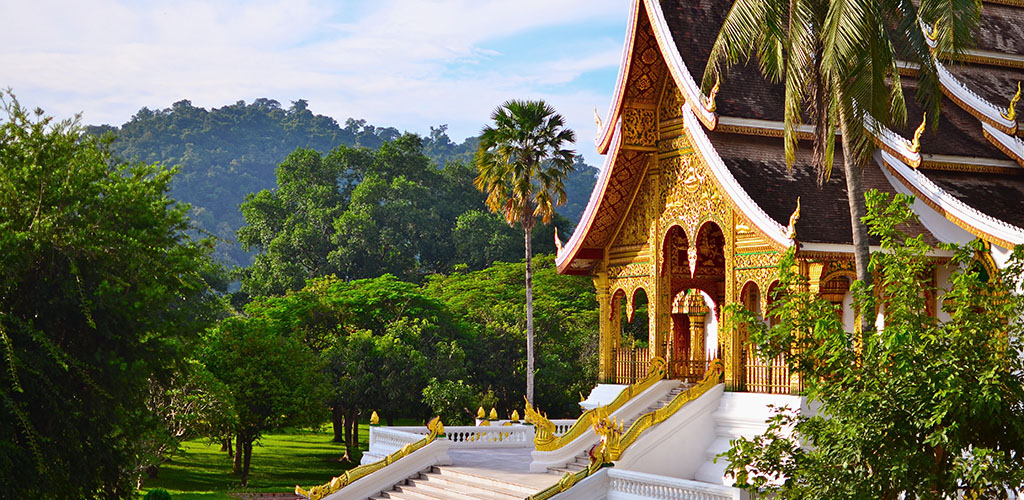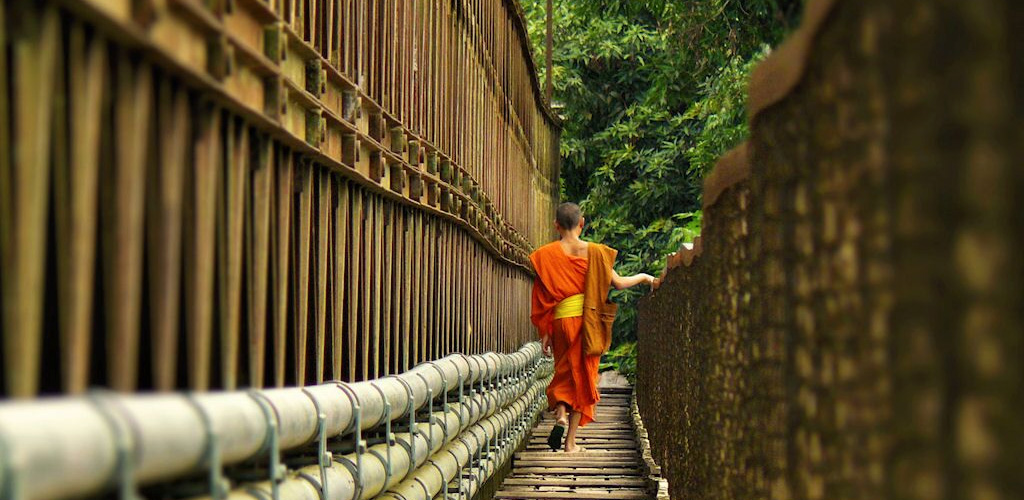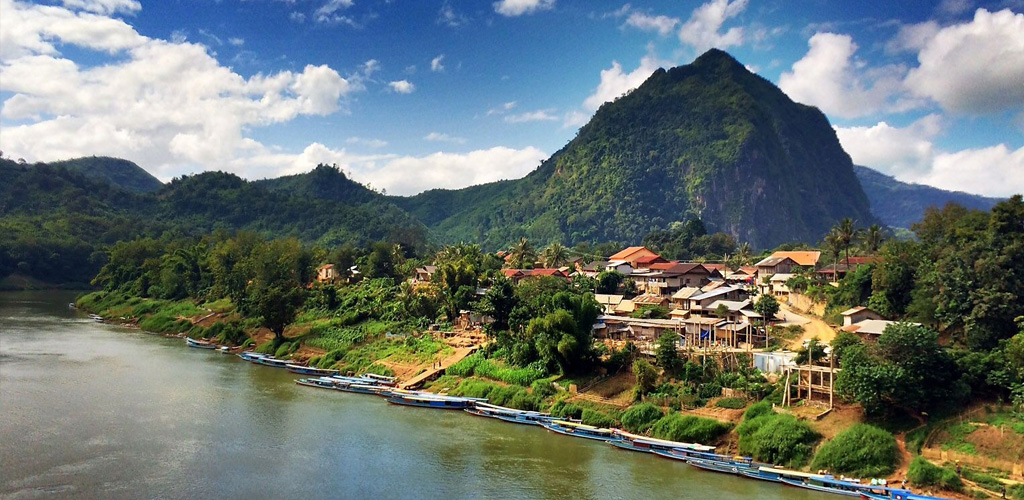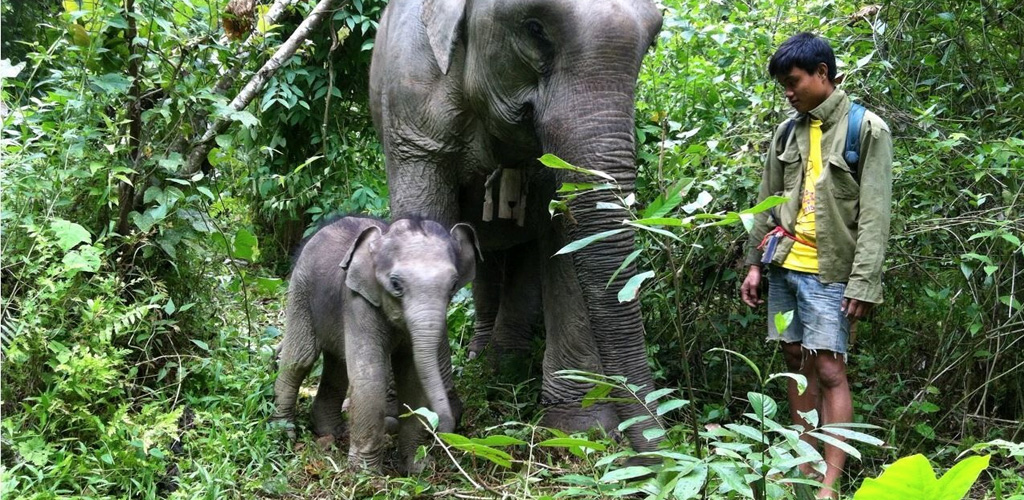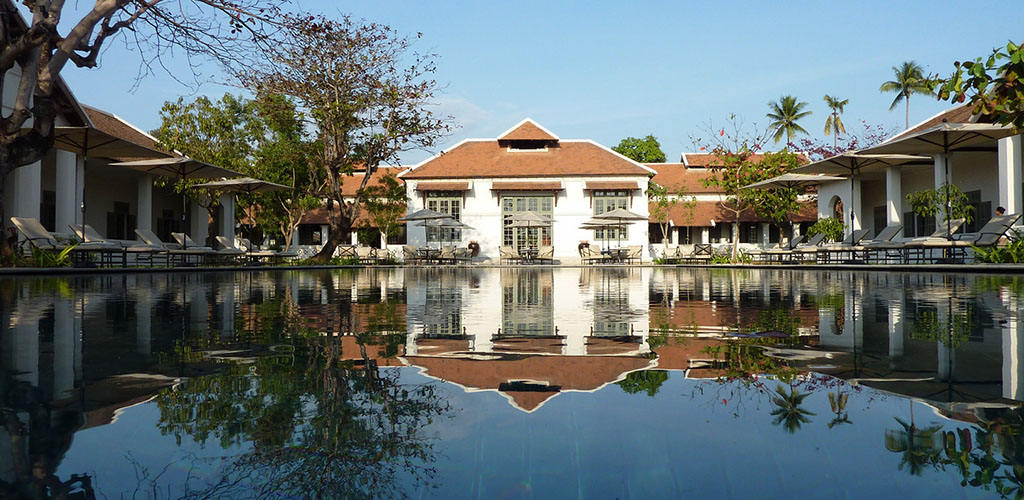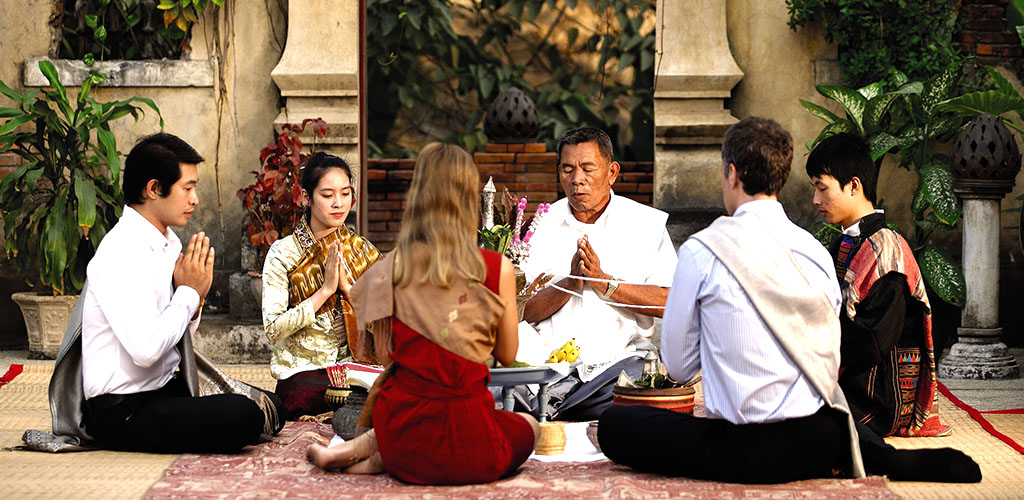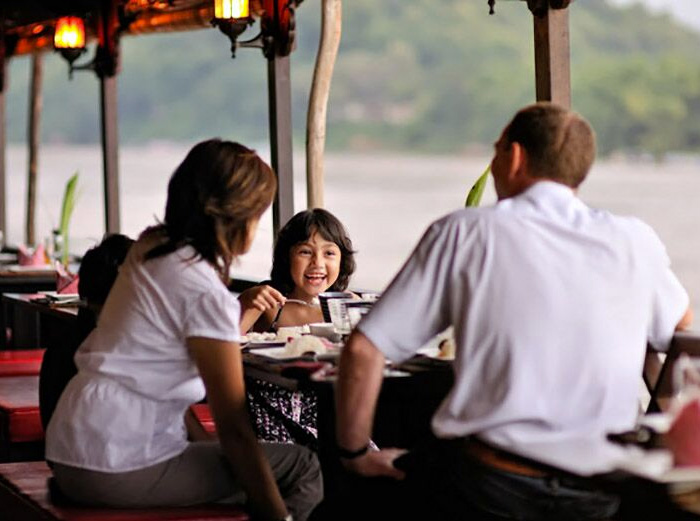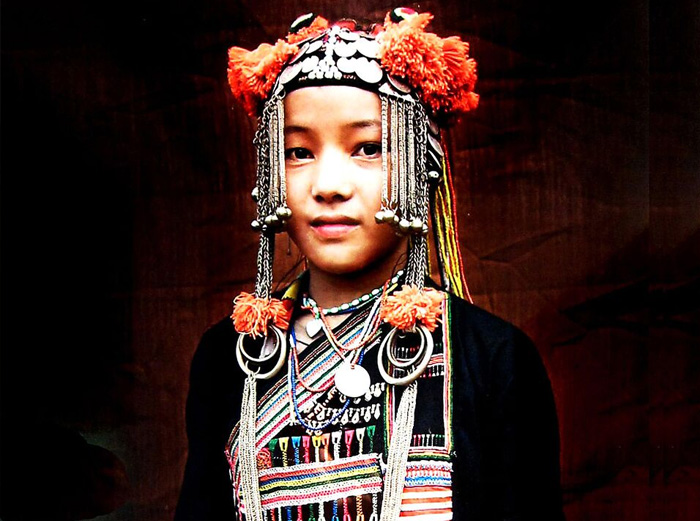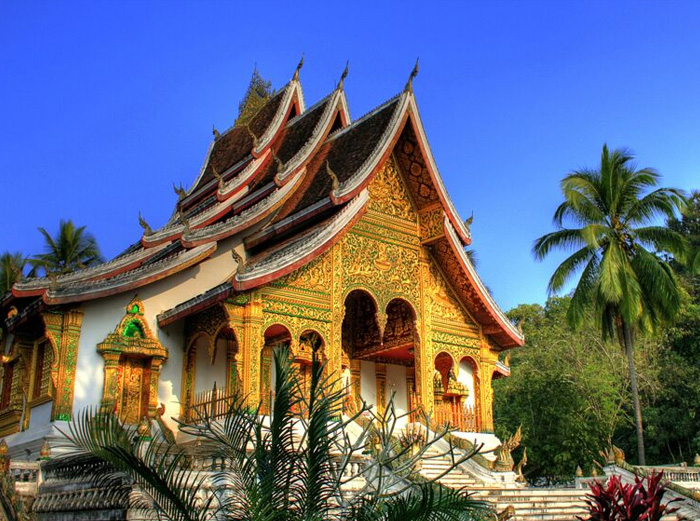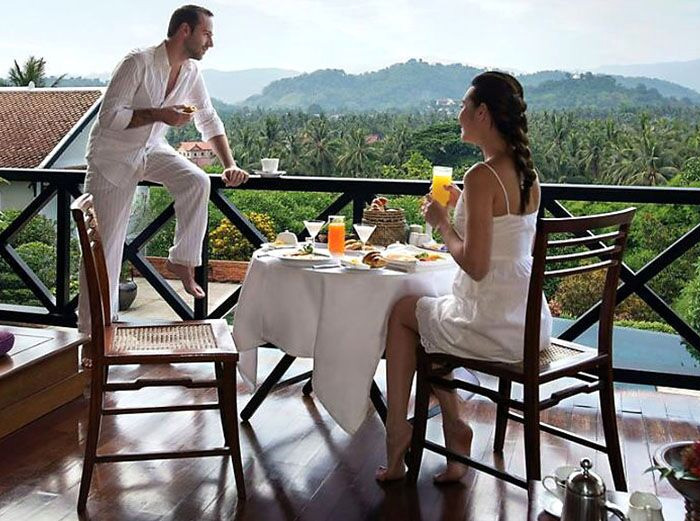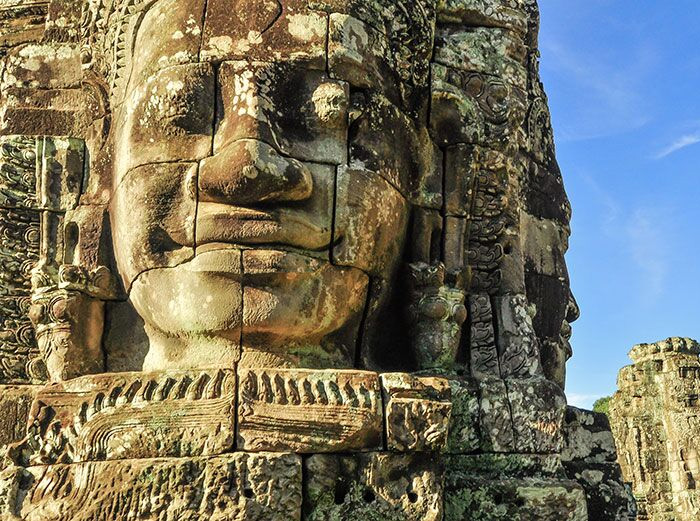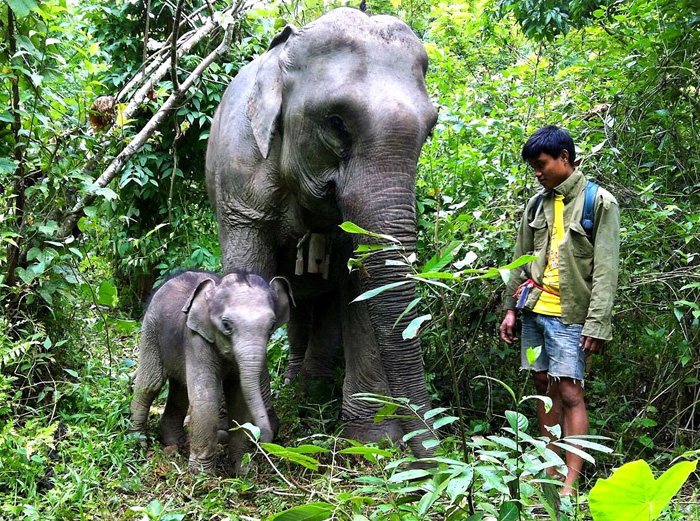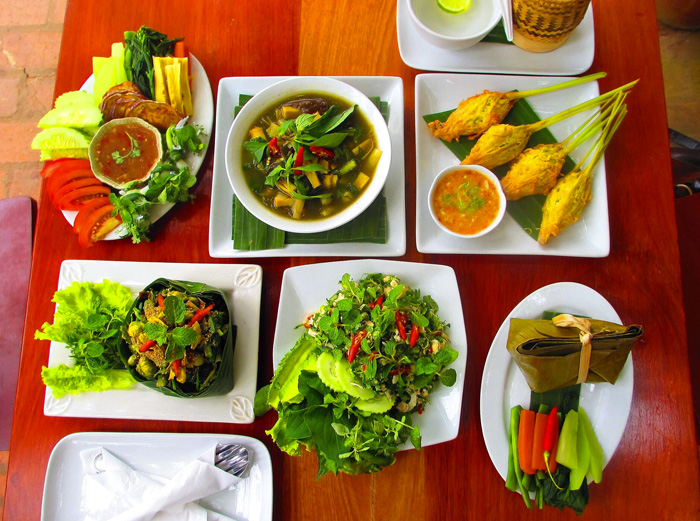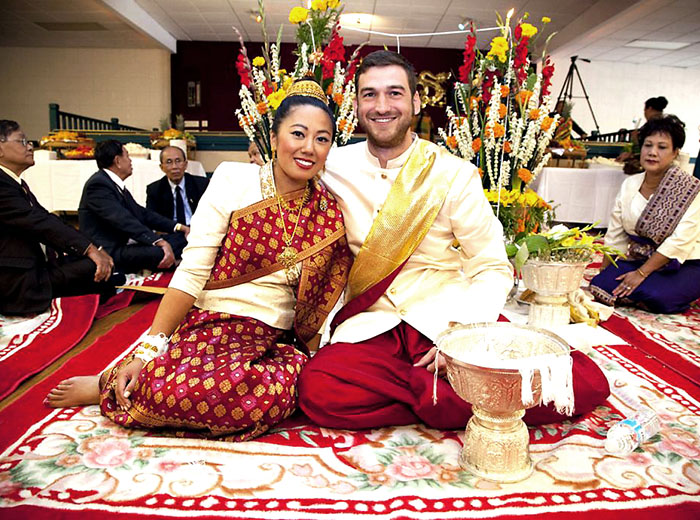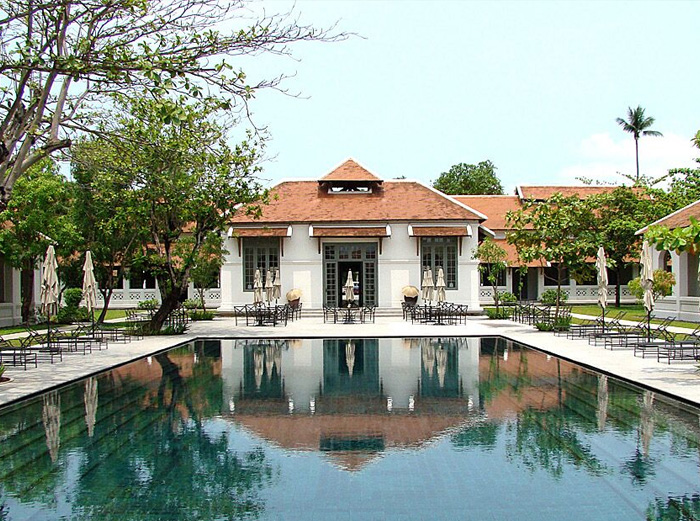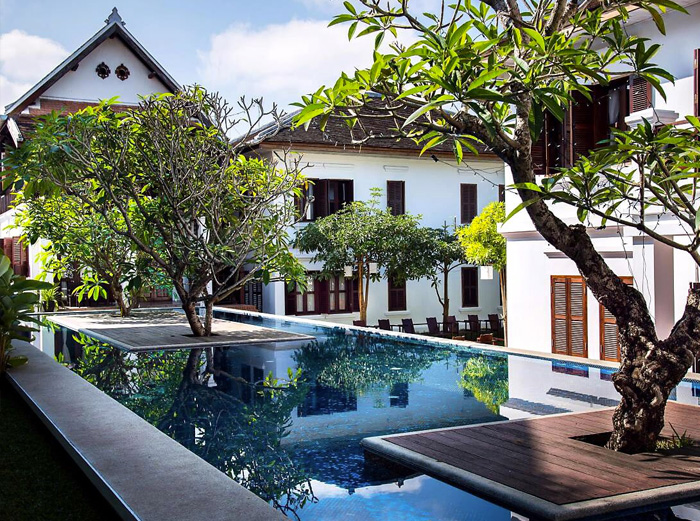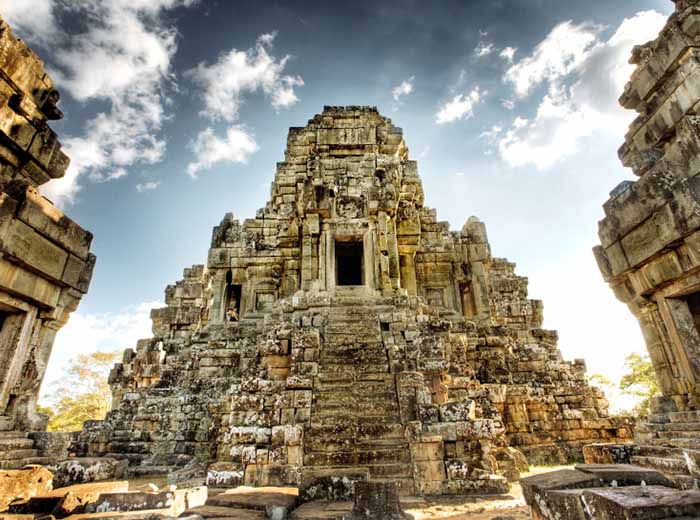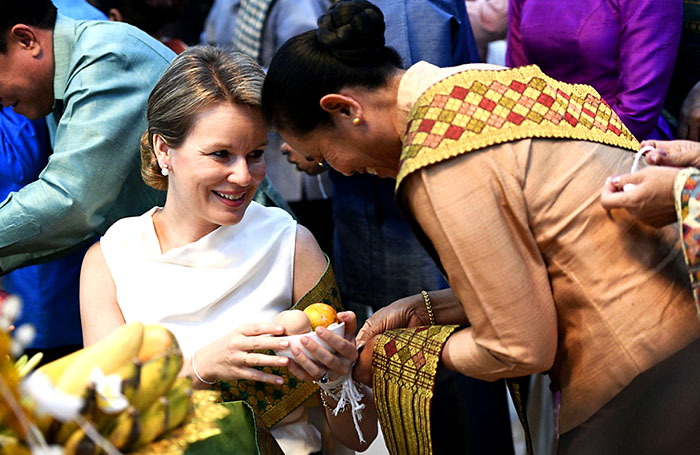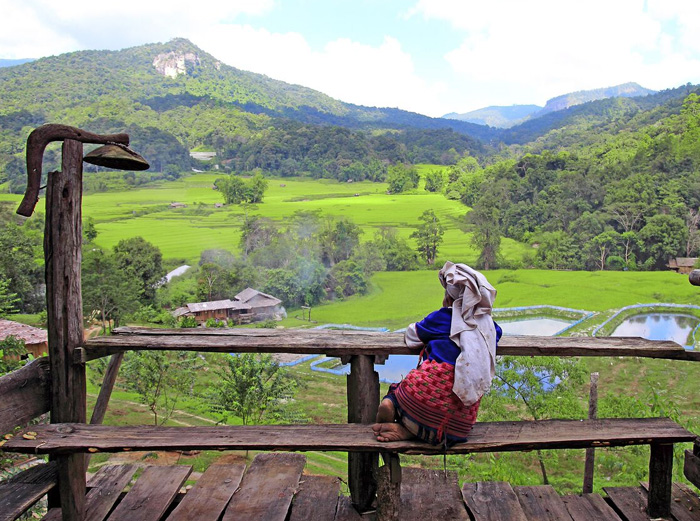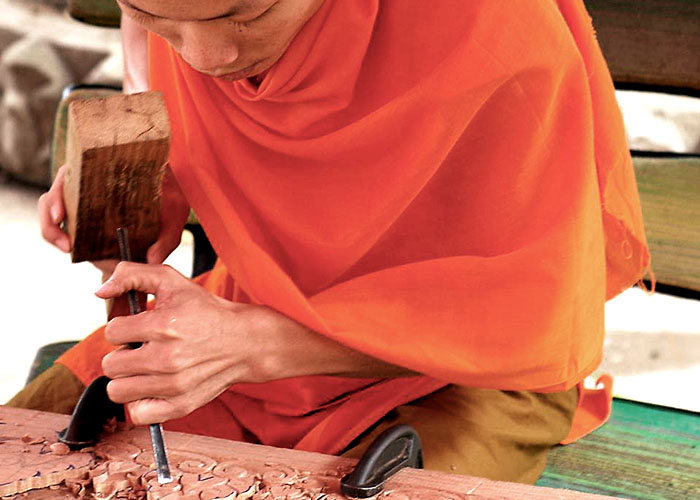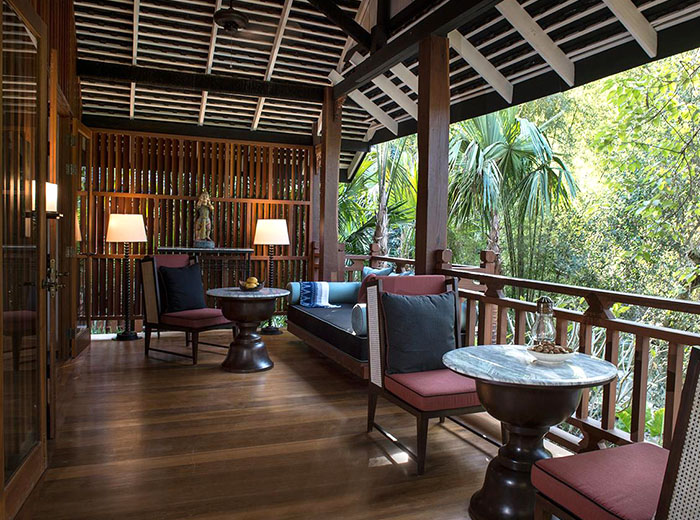LAOS
Landlocked between better known Vietnam, Cambodia, Thailand, and China, Laos does not get much attention from travelers and therein lies its immense charm. If you're of the opinion the fewer the people, the better the travel experience, then Laos is the place for you. The country's isolation, for reasons of war and politics, has preserved an older, slower, and traditional way of life: an older and bucolic Asia, without the crowds.
The impossibly beautiful landscapes and tranquility of Northern Laos are exceptional, and in sublime Luang Prabang one discovers the last Shangri-La of Asia. The splendid old capital, featuring a cluster of shimmering royal temples, palace, administrative buildings, remnants of the faded grandeur of the Lao monarchy and French colonists, blend majestically with gilded temples. The serene town remains one of the most well-preserved in Asia bypassed in the rapid development that has seized the rest of the region. Delicious cuisine, authentic markets, and gentle residents round out one of Southeast Asia's most remarkable places. Let us plan a few remarkable days away from the crowds, discovering the natural beauty, peaceful people, wildlife, and charm of northern Laos.
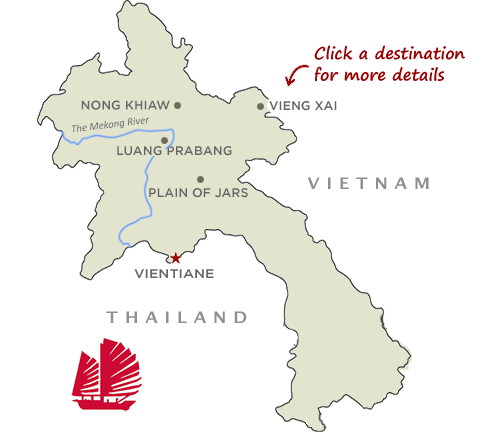
Luang Prabang
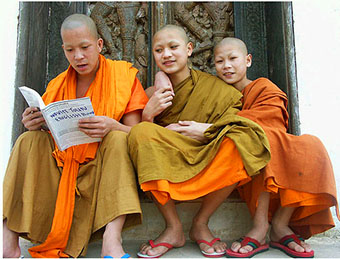
Luang Prabang, a little city of 80,000 or so people, neither teems with excitement nor seethes with intrigue. Life flows slowly here, like the muddy Mekong. The people are gentle and unassuming. Two lazy rivers happen upon each other in their wanderings through Luang Prabang — the Nam Khan and the swirling brown Mekong.
The landscapes of northern Laos are impossibly beautiful and tranquil and it is in sublime Luang Prabang one discovers the last Shangri-La of Asia. The splendid old capital features a cluster of shimmering royal temples, palace, and administrative buildings, remnants of the faded grandeur of the Lao monarchy. Small and compact, the town is encircled by peaks and camouflaged by palm trees and dense tropical foliage. From a distance, only golden-spired stupas can be seen, flashes of gold among the greenery. The serene town remains one of the most well-preserved in Asia bypassed in the rapid development that has seized the rest of the region. Delicious cuisine, authentic markets, and gentle residents round out one of Asia's most remarkable, and for now, secret places. [More about Luang Prabang]
Vientiane
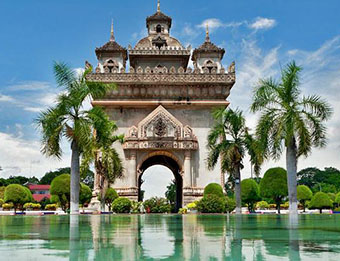
The busy capital city of Laos is situated on the Mekong River just across from Thailand. Since 1563, Vientiane was a sleepy backwater capital of an equally backwater state, but as Laos has slowly opened up to foreign investment and tourism, and Vientiane has undergone vast changes and continues to expand.
Highlights include French-colonial architecture with golden temples such as the golden, 16th-century Pha That Luang, the country's national symbol. Along broad boulevards and tree-lined streets are many notable shrines including Wat Si Saket, filled with thousands of Buddha images, and popular Wat Si Muang.
Plain of Jars
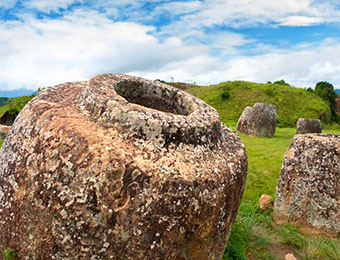
The Plain of Jars, a drive from Luang Prabang, should be of interest for any archeology buffs. The purpose of the enigmatic giant stone jars of unknown ancient origin dot the rolling plains over hundreds of hilly square miles around Phonsavan, Laos. Surprisingly, though studied for over a century there remains very little known about the civilization that produced the jars.
Archaeologists estimate the jars date from the Southeast Asian iron age from 500 BC to AD 200 and suppose the stone vessels appear have been used for elaborate burial rituals, perhaps simply as coffins.
Savannakhet
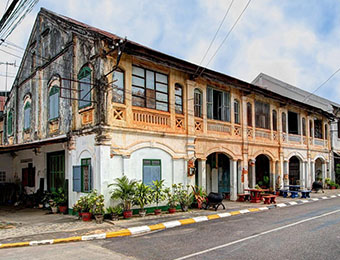
French colonial meets modern Laos, sleepy Savannakhet is an important trading hub on the border of Thailand. The rustic historic quarter is a highlight of stopover, with its impressive display of decaying early-20th-century architecture. These grand French villas of Indochina's past now are worth a glance. Only waypoint, there's little else of the town but to refresh along riverfront and cool off in one of the newer restaurants and cafes before moving on.
Pakse
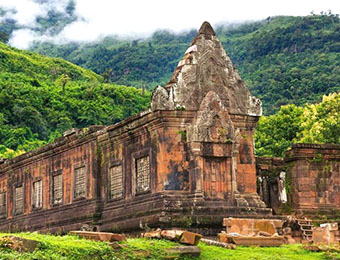
Where the Mekong and Xe Don rivers meet lies Pakse, the capital of Champasak Province and the gateway to southern Laos. A convenient stopover, its Wat Luang is a richly decorated temple worth viewing and the Champasak Historical Heritage Museum explores the region's culture featuring crafts, jewelry, textiles and other displays. The city's past is featured in its rustic French colonial architecture, especially in the old quarter near Xe Don River.
Don Khong
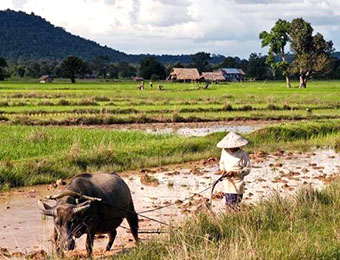
Don Khong is actually an island in the middle of the Mekong River, in an area known as Si Phan Don or "4,000 islands."
Don Khong features an authentic glimpse of Lao life, in a tranquil and picturesque river setting. Don Khong offers a relaxing destination for teen and young adults, with activities including cycling and kayaking.
Vieng Xai
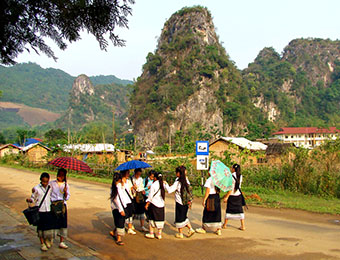
If you're traveling overland on our very remarkable off-the-grid journey from Hanoi to Luang Prabang, or vice-versa, then Vieng Xai will be our first stop in Laos. Compact Vieng Xai is far away from anywhere, quiet and remote and the perfect place to experience local life in Laos.
Significantly, Vieng Xai is was the location of the Pathet Lao rebels during the Vietnam War, who lived and administered their movement from within a large network of cave formations, which we will explore in addition to the town's local charms in this remote and untrammeled corner of Indochina.
Nong Khiaw
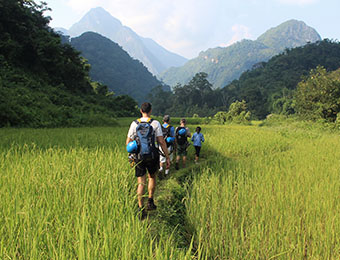
Only a couple hours from Luang Prabang, our hiking, boating, and biking trips will transport you into another world, away from anything that exists in most of Southeast Asia—dense cloud forest far, far away from any other travelers. These logging trails are only accessible by boat, distant from from any town. High up here in the Annamite Mountains, spires of rocky outcrops are clothed in dense tropical vegetation.
The landscape, as far as the eye can see, is made up of forest and spectacular limestone cliffs that rise up like jagged teeth above the ridges. A handful of hilltribe villages down river cling to the dusty red slopes of the mountainside, their plumes of smoke tapering off into the distance. Nothing else moves on this wild and glorious terrain. We can organize hiking and cycling for all abilities, from a couple of hours to several days.
BEST TIME TO GO
October to April
NEED TO KNOW
Visa Required
COMBINE WITH
Vietnam & Angkor
VIEW ALL NOTES
All Departure Notes
